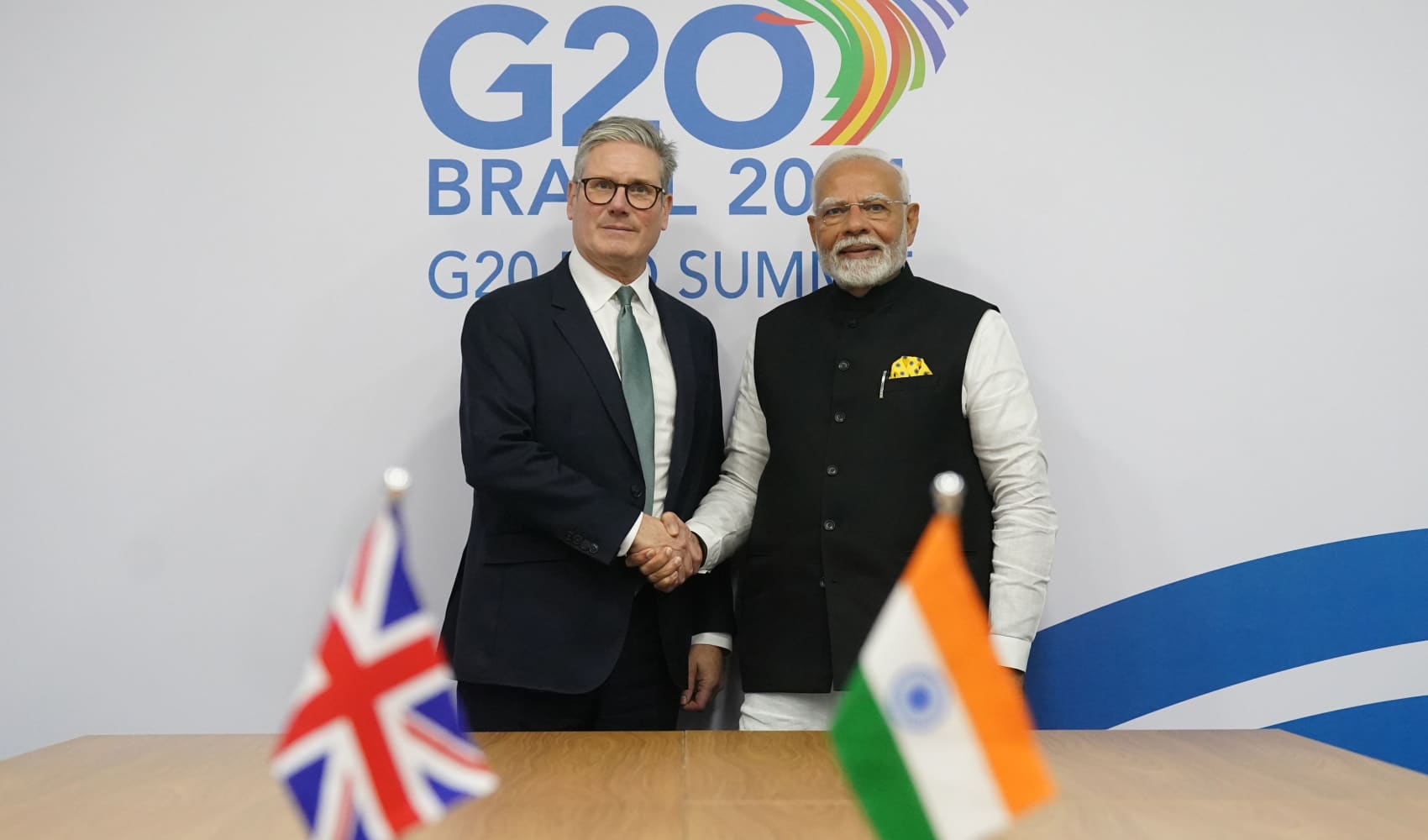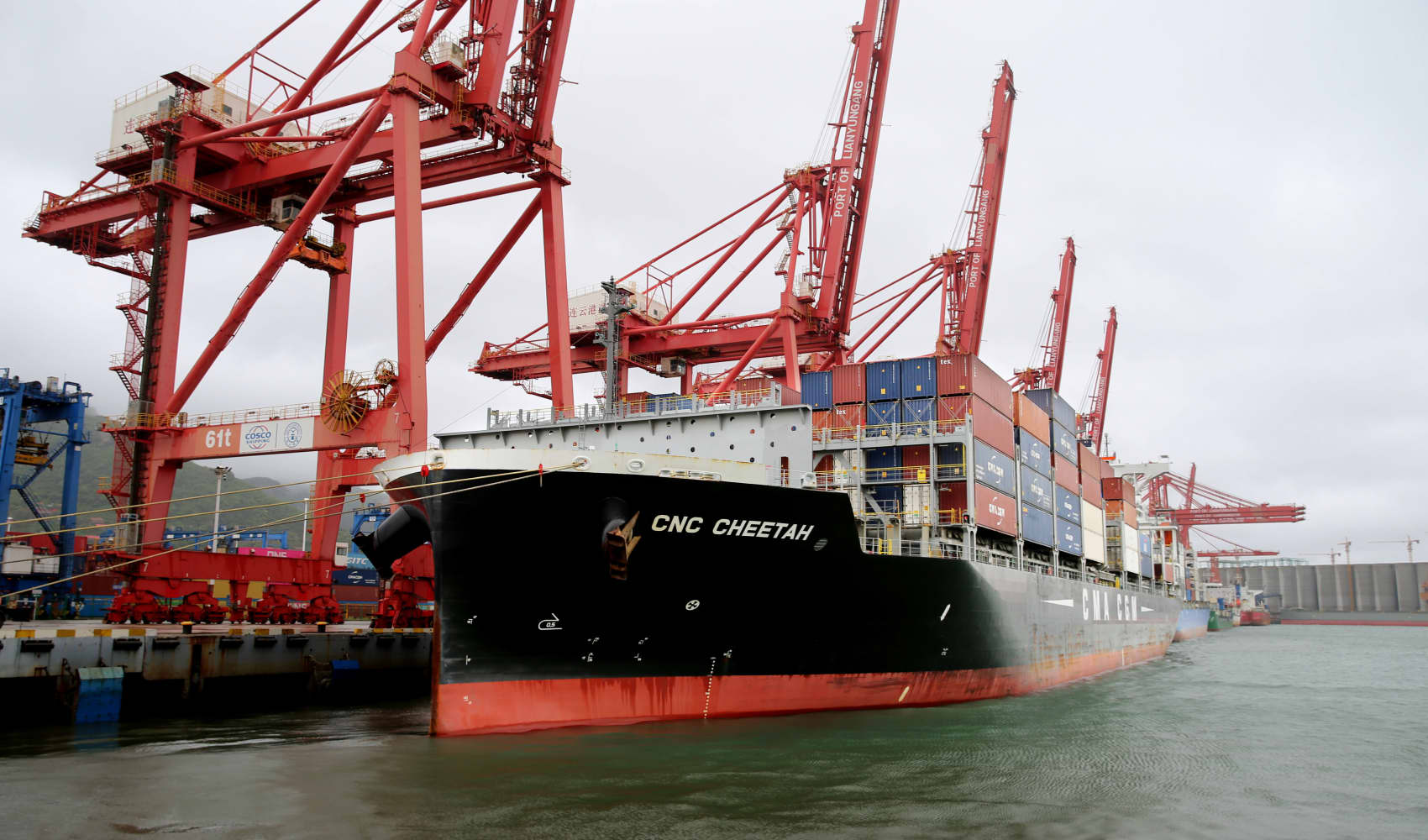UK & India Trade Deal: Winners, Impact, and Future
UK and India Strike a Trade Deal: A New Era Dawns?
Introduction: A World in Flux, a Deal in the Making
In a world grappling with economic uncertainties and shifting geopolitical sands, the United Kingdom and India have just unveiled a significant trade agreement. Think of it as a bridge being built between two economic powerhouses, promising smoother trade flows and deeper collaboration. This landmark deal, finalized amidst U.S.-led tariff tensions, signals a strategic realignment and a bold step towards strengthening bilateral ties. But what does it *really* mean for businesses and consumers on both sides? Let's dive in!
The Core of the Agreement: What’s Actually Changing?
The agreement's foundation rests on gradually lowering import taxes. Imagine a slow and steady ramp-down, culminating in a near-utopian trade scenario.
Tariff Reduction Roadmap
The specifics are crucial. The vast majority of goods traded between the UK and India will become "fully tariff-free within a decade," according to the British government. That's a bold statement, promising a significant boost to trade volumes.
Bilateral Trade Boost
The UK government is optimistic, projecting a substantial increase in bilateral trade. They estimate the agreement could increase trade between the two nations by £25.5 billion ($34 billion). That’s a serious injection of economic activity. Is this overly optimistic? Only time will tell, but the potential is undeniable.
Current Trade Landscape
To understand the impact of the deal, we need to know where things stand now. In 2024, trade between the two nations stood at £42.6 billion, up 8.3% from the previous year. This existing momentum provides a solid base for further growth spurred by the new agreement.
Key Export Sectors: Whisky, Cars, and More
So, what specific sectors stand to benefit the most? Let’s look at some winners and potential challenges.
Scotch Whisky: A Toast to Lower Tariffs
For Scotch whisky producers, this deal is cause for celebration. Imagine paying half as much tariff at the border. Exports from the UK, such as whisky and gin, will see tariffs halved from 150% to 75%, before reducing to 40% within a decade under the agreement. This is a massive win for the Scottish spirits industry.
Automotive Industry: Shifting Gears for Growth
The automotive sector is also poised for a boost. While the specifics are still emerging (content truncated), the expectation is that lower tariffs on cars will make UK-manufactured vehicles more competitive in the Indian market. Will this truly create a new wave of popularity in India? That remains to be seen.
The Geopolitical Context: Navigating Tariff Tensions
This trade deal doesn’t exist in a vacuum. It’s being forged against a backdrop of global trade tensions. The elephant in the room?
U.S.-Led Tariff Wars
The United States has been actively pursuing protectionist trade policies in recent years, imposing tariffs on various countries. This has created uncertainty in the global market. This deal can be seen as an attempt by the UK and India to diversify their trade relationships and reduce reliance on any single market.
Strategic Independence
For both the UK and India, this agreement represents a move towards greater strategic independence. It allows them to forge their own path and build a stronger economic partnership without being overly influenced by external pressures. Don’t you think this also fosters a more balanced global trade landscape?
Benefits for the UK Economy: Beyond the Numbers
Let’s zoom in on the potential benefits for the UK.
Job Creation: A Spark for Employment
Increased trade often translates into job creation. With lower tariffs and increased exports, UK businesses are likely to expand their operations and hire more workers. How many new jobs are we talking about? That’s a crucial question that will need to be answered over time.
Economic Growth: A Boost to the GDP
The deal is projected to contribute to the UK's overall economic growth. Increased exports and investment will help to stimulate the economy and boost GDP. A £25.5 billion increase in bilateral trade could have a noticeable impact.
Benefits for the Indian Economy: A Developing Giant
Now, let’s shift our focus to the benefits for India.
Access to Technology: Fueling Innovation
The trade agreement will provide Indian businesses with greater access to advanced technologies and expertise from the UK. This can help to boost innovation and competitiveness in various sectors. This should help them grow faster and more efficiently.
Increased Investment: Attracting Foreign Capital
Lower tariffs and a more stable trade environment can attract more foreign investment into India. This investment can help to create jobs, upgrade infrastructure, and support economic development. Will this usher in a golden age for Indian manufacturing?
Challenges and Considerations: Not All Sunshine and Roses
It’s important to acknowledge that trade deals aren’t always smooth sailing.
Implementation Complexities: Navigating the Details
Implementing a trade agreement of this magnitude is a complex undertaking. There are likely to be challenges in terms of navigating regulatory differences and ensuring that the agreement is implemented effectively on both sides. The devil, as they say, is in the details.
Potential Disruptions: Addressing Concerns
Some sectors may face increased competition as a result of the trade agreement. It’s important to address these concerns and provide support to businesses that may be negatively impacted. Are there certain sectors in the UK that will suffer from this deal? It's important to identify and provide for them now.
The Future of UK-India Relations: A Strategic Partnership
This trade deal is more than just a commercial agreement. It represents a deepening of the strategic partnership between the UK and India.
Strengthening Ties: A Long-Term Vision
The two countries share a long history and strong cultural ties. This trade deal is a natural progression in their relationship, paving the way for closer cooperation in various areas, including security, technology, and education. This will create a stronger partnership and a global influence.
A Model for Others: Inspiring Global Cooperation
In a world where protectionism is on the rise, the UK-India trade deal can serve as a model for other countries seeking to strengthen their economic ties. It demonstrates the benefits of free trade and cooperation in promoting economic growth and prosperity. Should others follow this lead?
Conclusion: A Promising Step Forward
The UK-India trade deal is a significant achievement, promising to boost bilateral trade, create jobs, and foster closer economic cooperation. While challenges remain, the potential benefits are undeniable. In a world facing economic uncertainty, this agreement represents a bold step towards a more prosperous and interconnected future. It's a win-win scenario that benefits both countries and sends a positive message to the global community. Let's raise a glass (of Scotch whisky, perhaps?) to this new era of trade and partnership.
Frequently Asked Questions
- How will this trade deal affect the prices of goods in the UK and India?
The gradual reduction of tariffs should lead to lower prices on imported goods from both countries over time. However, other factors like exchange rates and supply chain issues can also influence prices.
- What are the main sectors expected to benefit from this agreement in India?
Sectors like textiles, leather goods, processed food, and certain engineering products are expected to see increased export opportunities in the UK market.
- Will the trade deal impact existing trade agreements the UK or India have with other countries?
This bilateral agreement is separate from any existing trade agreements. Both countries will need to ensure that the new deal is consistent with their obligations under other trade agreements and international trade law.
- What are the specific timelines for the tariff reductions outlined in the agreement?
The exact timeline varies depending on the product category. Some tariffs will be reduced immediately, while others will be phased out over a period of up to 10 years.
- How will the deal be monitored and enforced to ensure compliance on both sides?
Both countries will establish mechanisms for monitoring and enforcement, which may include consultations, dispute resolution processes, and regular reviews of the agreement's implementation.


![Trump's Tariffs: 10% Is The New 0%? [Trade Deal Impact] Trump's Tariffs: 10% Is The New 0%? [Trade Deal Impact]](https://media.nbcnewyork.com/2025/05/108142925-1746717590884-gettyimages-2214072295-_mgl8748_w5i7tkks.jpeg?quality=85&strip=all)
